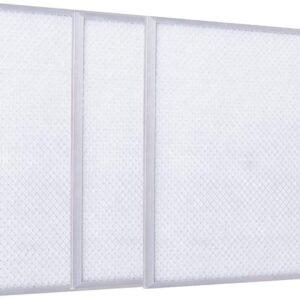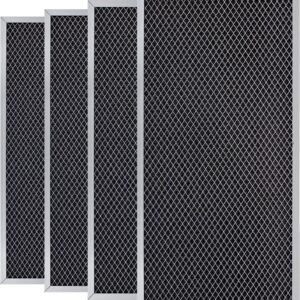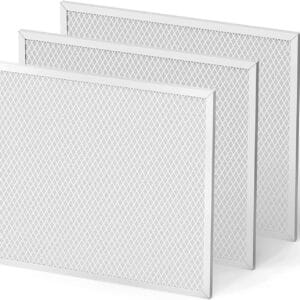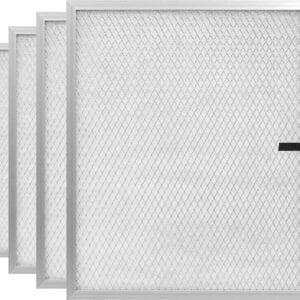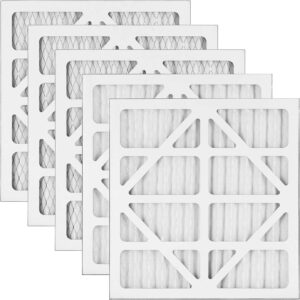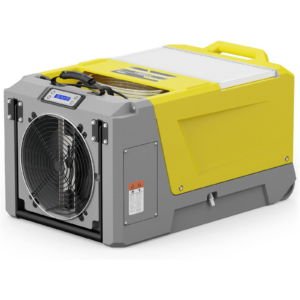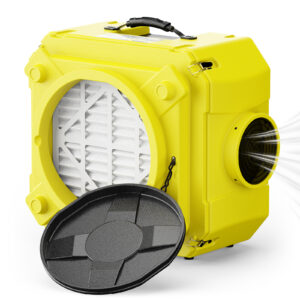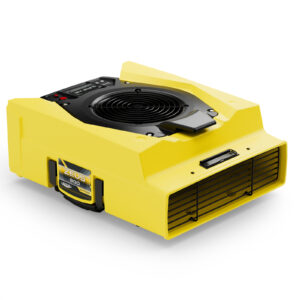Mildew forms inside cars when there is condensation or humidity. It does not get a chance to evaporate because it is confined inside the car.
Wet clothes, spilt drinks, broken windows, rainy weather, or even humidity trapped during washing are also common causes of water damage. Its interior fabric, the carpets, and even the grills used for air conditioning are perfect surfaces on which the mildew thrives.
Mildew not only results in an unpleasant smell, which may pose health risks, but also causes permanent damage to the car’s interior if left unaddressed.
Step-by-Step: How to Remove Mildew Smell from a Car
1. Perform a Thorough Cleaning
The first step is to remove the floor mats, seat covers, and all wet personal items from the vehicle. Clean the items separately using antibacterial soap or a mildew-fighting detergent before exposing them to direct sunlight to dry properly.
You should vacuum every corner of the interior space. Customers should focus their cleaning efforts on seats, carpeted floors underneath the seats, and small, confined areas that could conceal moisture.
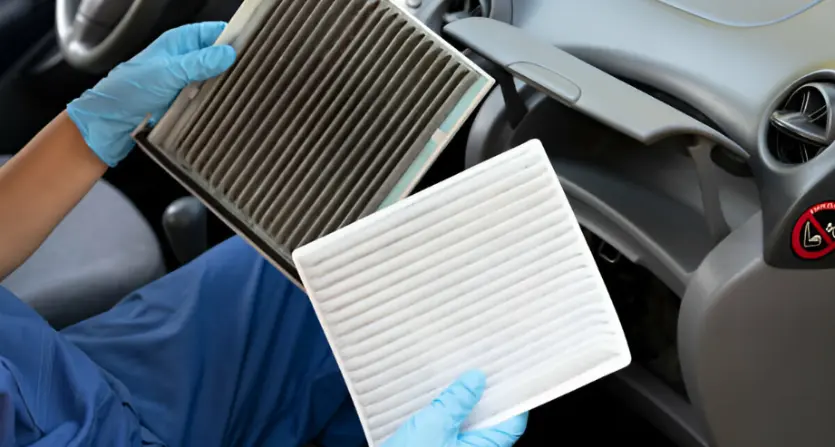
Apply a fabric-safe cleaner or a mixture of water and vinegar to deep clean seats, door panels, and carpets. Vinegar functions as an effective natural solution to eliminate mildew and odours. Close the car doors, let in fresh air, and dry the surface by opening the windows.
2. Dry Out the Moisture with the Best Car Dehumidifier
Excess moisture in the air and fabrics of the car can lead to the reemergence of mildew. The choice of a high-quality car dehumidifier proves essential at this point. Look for a suitable dehumidifier designed for cars that features a small, portable design built for tight spaces. Place your car dehumidifier near the floorboard or rear seat and run it for several hours to remove moisture effectively. A quality air dehumidifier removes moisture from the air, resulting in a better-dried car interior and preventing mildew odours from returning.
According to expert advice, cordless and rechargeable dehumidifiers are effective long-term moisture controllers for vehicles.
3. Speed Up Drying with an Air Mover
To accelerate drying time, you should use an Air Mover device. Air movers function as compact fans that generate high-speed air currents to distribute a large volume of air efficiently.
Portable air movers with compact dimensions are suitable for car interiors, as they will not cause damage. However, users can use portable fans and air movers to dry their vehicles rapidly. You can place an air mover near a car door or window to circulate fresh air through the interior, thereby accelerating the drying process.
An air mover combined with a car dehumidifier creates an effective system for total moisture evacuation and bad odour removal.
Car Dehumidification Tips for Mildew Prevention
Eliminating mildew once is beneficial, but preventing it from recurring in the future is even more effective. Here are smart ways to manage car dehumidification effectively:

1. Use a Car-Specific Air Dehumidifier Regularly
Purchase a compact, car-specific dehumidifier designed for vehicles. Small rechargeable units operate silently to absorb moisture without being connected to the car’s power supply. Silica gel dehumidifiers and moisture-absorbing bags are popular options for protecting vehicles against moisture. These items work best when placed under seats or in storage compartments.
Using an air dehumidifier in your car during rainy and humid weather helps maintain a dry interior, which prevents mildew from developing.
2. Ventilate Your Car Frequently
Open your car windows slightly whenever possible, as long as they are safe for ventilation. A brief ventilation period during dry conditions regulates indoor moisture accumulation in your vehicle. Leaving your car completely sealed in humid weather should be avoided only when necessary.
3. Address Water Leaks Immediately
Continuous water seepage through faulty sunroof components, door weatherstrips, and seal failures results in unending moisture entry in your automobile. Identify rapidly growing moisture by checking carpets and stains to resolve the source quickly, as delayed action can result in lasting mildew damage.
4. Keep the Interior Dry After Cleaning
Complete dryness must be achieved before reinstalling carpets or seat covers after shampooing or washing. Damp items inside your vehicle create an ideal environment for mould to grow and multiply. The best dehumidifier or air mover can help speed up drying after any interior cleaning or accidental spills.
Natural Ways to Absorb Moisture and Odours
The best car dehumidification tools should be used alongside these natural solutions to manage moisture-related problems:
Place baking soda in an open box that will simultaneously absorb odours and moisture from inside your vehicle.
Activated charcoal in bags provides a natural solution, as it absorbs mould, humidity, and unpleasant odours.
The automotive market offers disposable moisture absorber tubs, providing effective solutions for trapping moisture during wet seasons.
Maintenance success through natural methods requires that vehicles undergo complete cleaning before and after drying methods.
Final Thoughts
Car mildew odour indicates deeper moisture issues, which are highly unpleasant to detect inside vehicles. Regular cleaning, suitable drying tools, and steady moisture monitoring will enable you to permanently remove mildew odour. Following a regular maintenance routine that includes car dehumidification will protect your car’s value, as well as your health and comfort. Proper moisture management is the key to obtaining a fresh-smelling car that stays clean.



